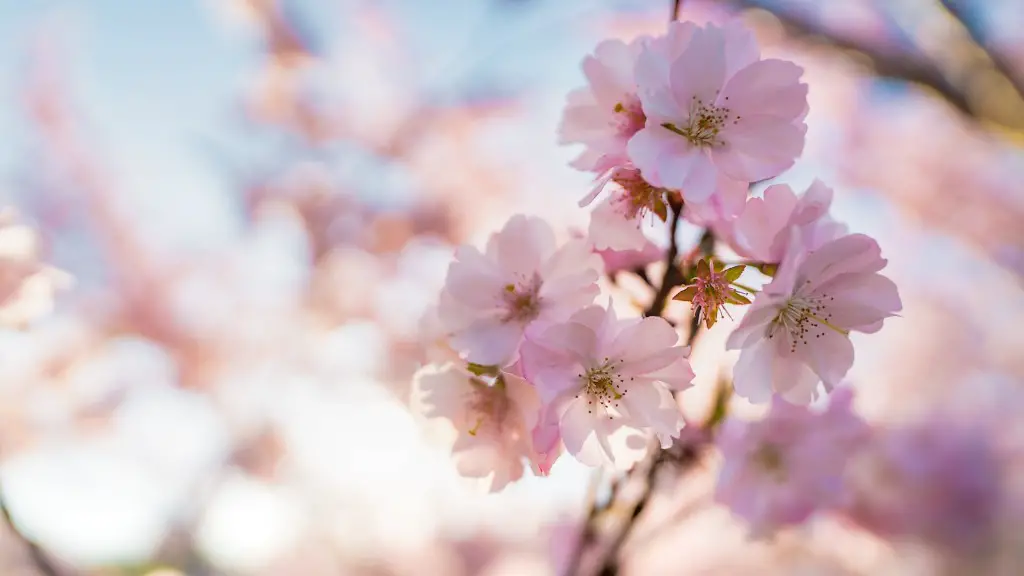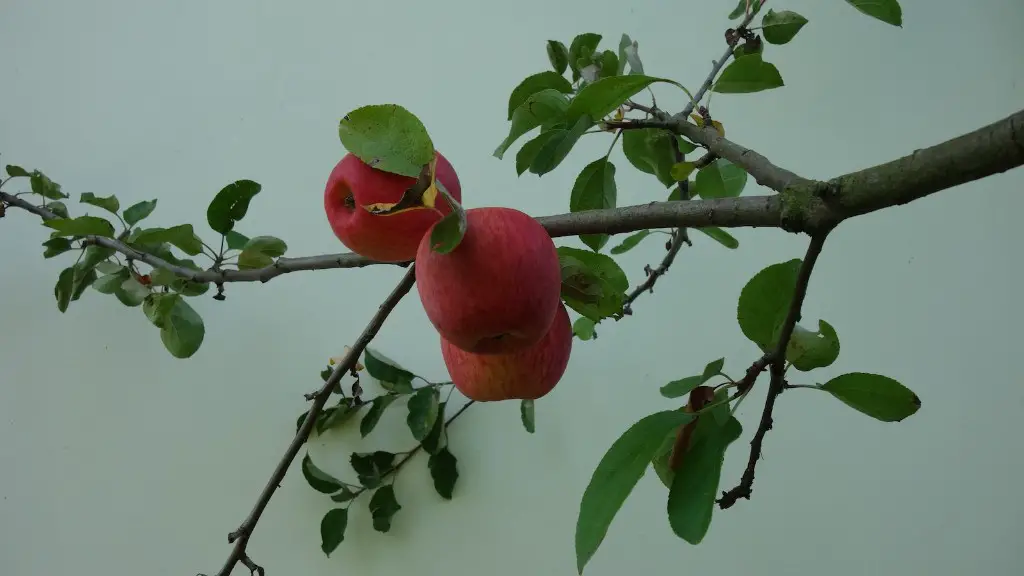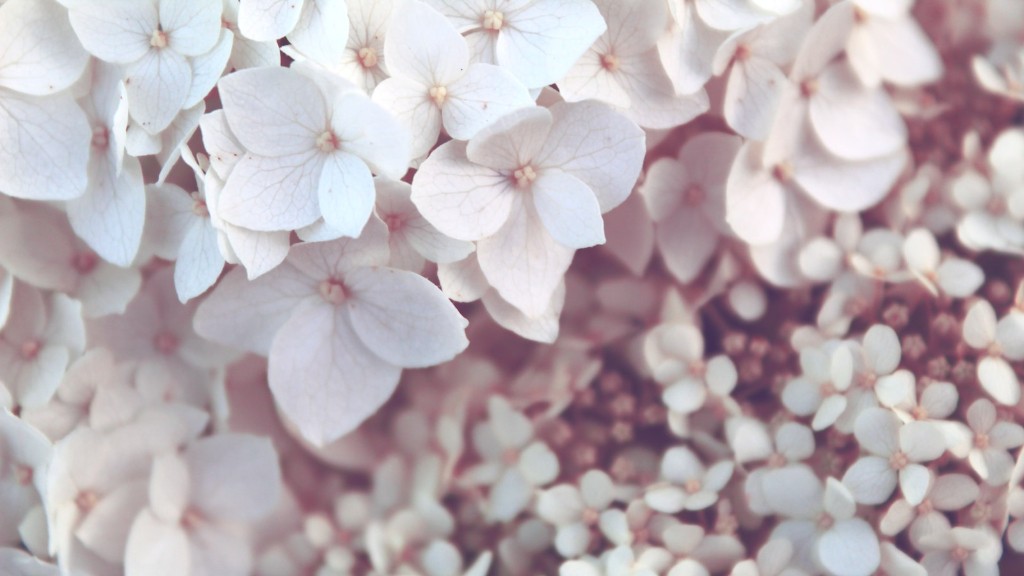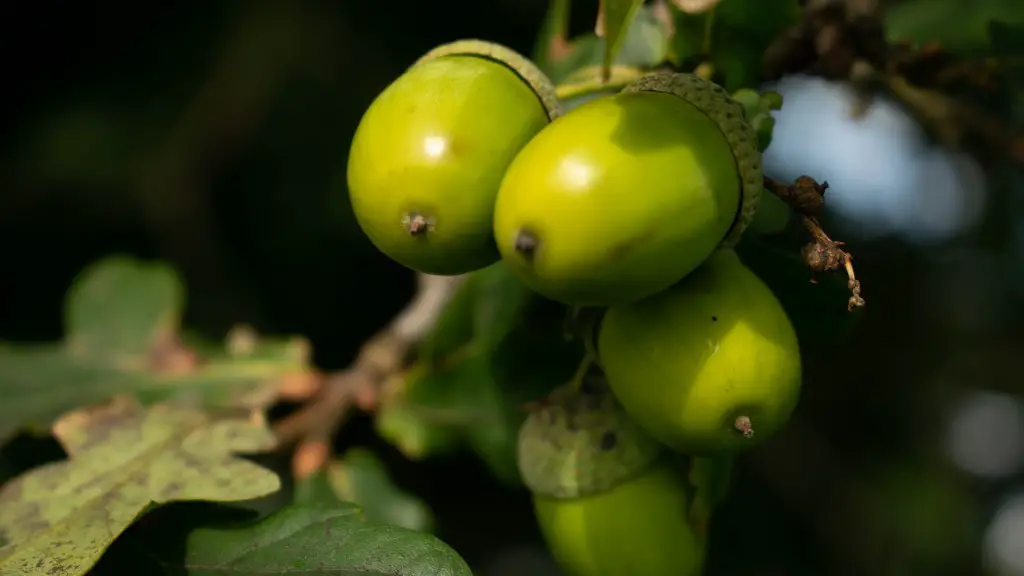Cherry trees are a treasured asset to many homeowners and communities. For that reason, it is important to know how to properly take care of them and prune them as needed. Pruning a cherry tree can shape its structure, improve its health, and even help it to produce more cherries.
When it comes to cutting back cherry trees, the best time to do it is usually between early and mid-winter, while the tree is still dormant. Before starting, however, it is important to understand the basic principles of good pruning along with the types of pruning cuts that are needed. While special pruning tools may be required in some cases, once the basic principles are in place, it should be possible to use standard tools for the job.
One of the most important aspects of pruning is to avoid removing more than 10 to 20 percent of a tree’s foliage. Additionally, pruning should be undertaken with a goal in mind and should not involve the removal of healthy twigs and branches. Instead, one should focus on removing dead, diseased, and damaged parts, in addition to thinning out weaker areas of growth. This should be done judiciously in order to avoid creating any weak points in the tree.
The next step in pruning a cherry tree is to identify which branches to cut. Generally speaking, it’s best to focus on thinning, rather than topping, a cherry tree. Topping a cherry tree, or cutting off its topmost shoots and leaves, can create excessive shrubbing and uneven growth.
When thinning, one should look for branches with double crotches, which can be easily broken if left alone, as well as branches that are growing in towards the center of the tree. These need to be cut back so that the tree does not become overcrowded as it matures. In addition, one should look for branches that are of a different size from the others, as these too need to be cut away.
When cutting back a cherry tree, it is important to make clean, smooth cuts and to be mindful about potential injury to the tree. Uneven cuts can open the way for disease, while oversized cuts can create wounds that might linger and weaken the tree. When cutting a branch, it is best to make the cut as close to the trunk as possible.
Post Pruning Care
After pruning is complete, it is important to ensure that the tree has the right amount of water and nutrient supply in order to promote healthy growth. Additionally, one should check to make sure that the tree is free of pests and diseases, and preventative measures may be taken if necessary.
Using the right kind of fertilizer is also important at this stage. Choose a fertilizer that is meant for pruned trees, with a balance of nitrogen and potassium. This will help the tree to quickly recover from the pruning and start to grow again.
Potential Risk of Pruning Cherry Trees
Pruning a cherry tree does come with risks, as it can be difficult to predict exactly how the tree will respond to the cuts. In some cases, pruning may actually cause more harm than good, and it is important to be aware of the potential risks before embarking on the project.
One potential risk is that the tree may become overly stressed, leading to weakness and instability. This is especially true of younger trees that might not be as resilient to pruning as mature trees. Additionally, it is possible that too much pruning could result in insufficient fruiting due to the removal of too much foliage.
Treating Potential Injuries to the Cherry Tree
If a cherry tree is injured during the pruning process, it is important to take steps to minimize the damage. One of the best things to do is to immediately treat the wound with a fungicide and insecticide to help prevent the spread of any possible diseases or pests.
It is also important to monitor the area over the next several weeks to make sure that it heals properly. If the tree does not show signs of improvement after a few weeks, it may be necessary to provide additional treatments.
When to Call a Professional Arborist
For many homeowners, pruning cherry trees is a task that can be handled with a few basic tools and with some knowledge of the basics. However, in some cases, it may be best to call a professional arborist if the project seems too complex or intimidating. Professional arborists will have the tools and knowledge necessary to properly prune a cherry tree, and can do so quickly and efficiently.
While it may not be necessary to call in a professional for every pruning job, it is a good idea to have a professional inspect the tree periodically to assess its health and make any needed pruning recommendations.
Insuring the Cherry Tree
Finally, it should be noted that many homeowners who cherish their cherry trees choose to take out insurance in order to protect it from damage or destruction. This type of insurance is typically very affordable, and can provide peace of mind in the event of an unexpected event.
In the end, knowing how to properly prune a cherry tree is essential for anyone who wants to keep their trees healthy and productive. Following the steps above, and enlisting help from a professional arborist if needed, should enable most homeowners to successfully prune their cherry trees, with beautiful results.
Additional Considerations
Like other trees, it is also important to consider how much light a cherry tree needs. Cherry trees do well in full sun, and it is important to assess the amount of sunlight the tree receives before pruning. Additionally, the type of soil should also be considered, as this will have an impact on the schedule for pruning and the overall health of the tree.
The type of cherry tree will also be important to consider, as some varieties require more intensive pruning that others. In some cases, such as for standard cherry trees, it may be a good idea to hire a professional who is experienced with that particular variety.
Finally, it is important to be mindful of the season in which the tree is being pruned. While winter is usually the best time to prune cherry trees, the local climate may play a role in the timing of the project. In warmer climates, the winter months may not be ideal, so it is important to factor in regional variations when scheduling pruning tasks.
Interesting Facts About Cherry Trees
Cherry trees have long been enjoyed as a colorful and fragrant part of the landscape. In addition to their beauty, cherry trees also offer a variety of other benefits. For example, they help to regulate the climate, provide habitat for birds and other wildlife, and their blossoms make for a unique and exciting photography opportunity.
Additionally, cherry trees are one of the few fruit trees that can tolerate cold climates and can be grown in a variety of soil types. This makes them a valuable asset for many climates and regions.
Finally, cherry trees can bring a touch of beauty and joy to any landscape. During the cherry blossom season, many homeowners enjoy the colorful display of pink and white blooms.
Conclusion
Pruning a cherry tree is an essential task for anyone who wants to maximize its health and productivity. By following the right steps and enlisting help if needed, homeowners can successfully prune their cherry trees and enjoy their beauty for years to come.





